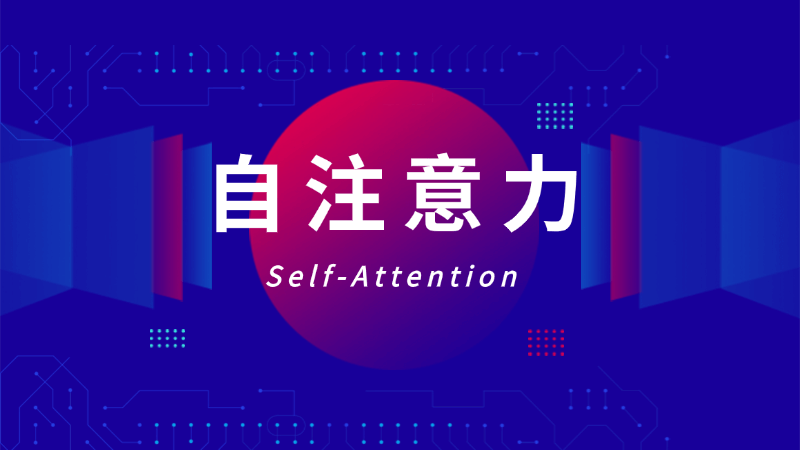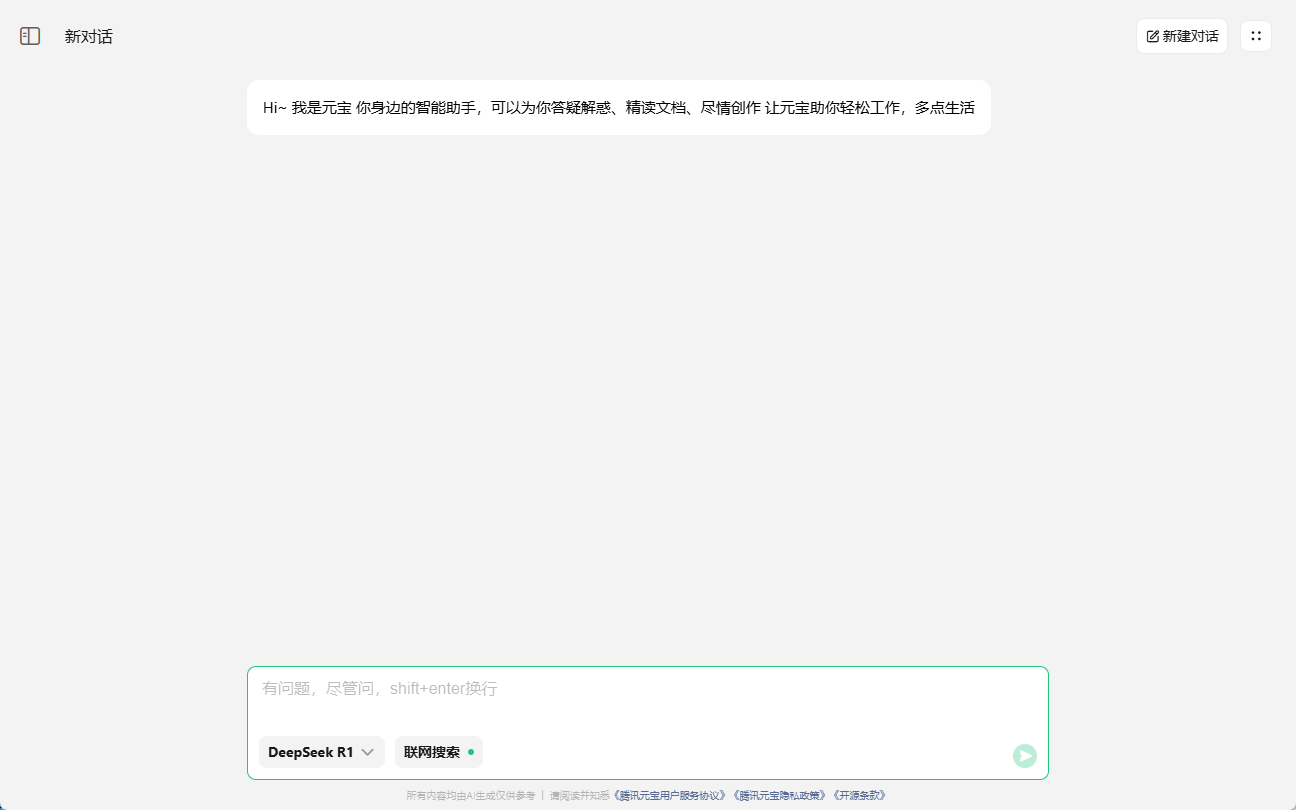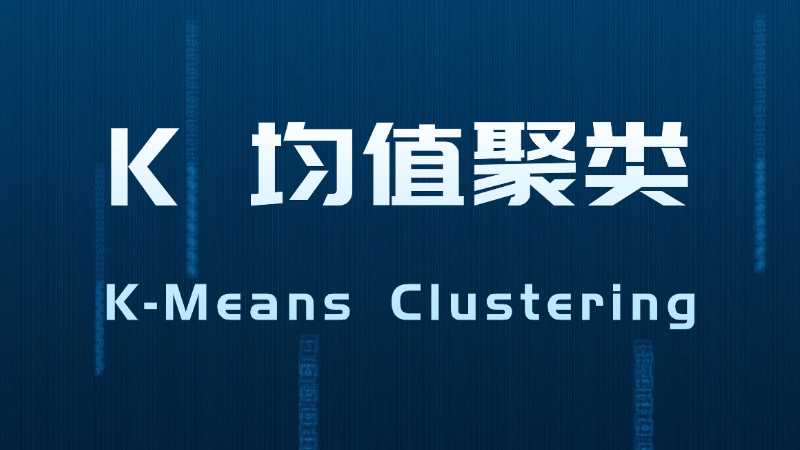Self-Attention (Self-Attention) is what, an article to read and understand
Definition of self-attention
Self-Attention is a key mechanism in deep learning, originally proposed and widely used in the Transformer architecture. The core idea is to allow the model to focus on all positions in the input sequence at the same time, and compute the representation of each position by weighted aggregation. The self-attention mechanism computes the attention weights by means of a set of three vectors: query, key and value. For each element in the sequence, the model calculates its similarity score with all the elements in the sequence, which is normalized by softmax to become the attention weights, and finally generates a new representation by weighted summation. This design allows the model to dynamically capture the dependencies within the sequence, regardless of the distance between elements. The advantage of self-attention is that it can be computed in parallel, avoiding the bottleneck of sequential processing in recurrent neural networks, and significantly improving the ability to model long-distance dependencies. This mechanism is not only fundamental to the field of natural language processing, but has also been gradually extended to the fields of computer vision, speech recognition and multimodal learning, becoming one of the core components of modern deep learning models.

Core Principles of Self-Attention
- Role of query, key and value vectors: The self-attention mechanism relies on the computation of query, key and value vectors. The query vector represents the current position for which attention needs to be computed, the key vector is used to compute the similarity with the query vector, and the value vector contains the actual information for each position. Through the interaction of these three sets of vectors, the model is able to dynamically focus on information from different locations.
- Calculation of Similarity Score: The model obtains the similarity score by computing the dot product of the query vector with all key vectors. The dot product result is scaled (usually divided by the square root of the key vector dimension) to avoid the gradient vanishing problem, and subsequently normalized to a probability distribution by a softmax function.
- weighted sum procedure: The normalized attention weights are used to perform a weighted summation of the value vectors. The new vectors generated by this step incorporate relevant information from all positions in the sequence, enhancing the richness and context-awareness of the representation.
- Parallelized Computing Advantages: The self-attentive mechanism allows for simultaneous processing of all positions in a sequence without relying on sequential computation as in recurrent neural networks. This parallelization dramatically improves computational efficiency and is particularly suitable for long sequence processing.
- Long-range dependent capture: Since the self-attention directly computes the relationship between any two positions, the model is able to effectively capture long-range dependencies, avoiding the problem of vanishing or exploding gradients in traditional recurrent neural networks.
Self-attention working mechanism
- Input Representation Conversion: Input sequences are linearly transformed to generate query, key and value vectors. Mapping the original inputs to different vector spaces allows the model to learn more flexible representations.
- Attentional weight generation: The similarity score for each location pair is obtained by computing the dot product of the query vector and the key vector. The score is scaled and softmaxed to form an attention weight matrix.
- context vector computation: Attention weights are multiplied and summed with the value vector to generate a context-aware representation of each location. This representation incorporates information from all locations in the sequence, enhancing the expressive power of the model.
- Long Attention Span Expansion: Multi-head attention repeats the self-attention process multiple times, with each set of attention focusing on a different representation subspace. The outputs of the multiple heads are spliced and integrated by linear transformations to further enhance the representational power of the model.
- Output and residual connections: Self-attentive outputs are usually combined with inputs via residual connections to avoid the gradient vanishing problem. Layer normalization is applied to ensure training stability.
Self-attention application areas
- natural language processing (NLP): Self-attention is the core of Transformer models, which are widely used in tasks such as machine translation, text generation, and sentiment analysis. For example, the BERT and GPT family of models rely on self-attention to capture contextual information.
- computer vision: Self-attention is introduced to vision tasks such as image classification, target detection, and image generation.Vision Transformer splits images into chunks and processes them as sequences, capturing global dependencies through self-attention.
- Speech Recognition and Synthesis: In speech processing, self-attention is used to model long-term dependencies of audio sequences and improve the performance of speech recognition and text-to-speech systems.
- multimodal learning: Self-attention supports joint processing of text, images and audio, with applications to multimodal tasks such as visual quizzing and image description generation.
- bioinformatics: Self-attention is used in areas such as analyzing DNA sequences and protein structure prediction to help capture complex patterns in biological data.
Advantageous features of self-attention
- global dependency modeling: Self-attention can directly compute the relationship between any two positions in a sequence, effectively capturing long-range dependencies and outperforming traditional recurrent neural networks.
- High computational efficiency: Parallelizing the computation makes self-attention suitable for hardware acceleration, especially when dealing with long sequences, with significant speedups in training and inference.
- Powerful flexibility: The self-attention mechanism does not depend on sequence order and can be flexibly applied to input and output sequences of different lengths to support multiple task designs.
- Better interpretability: Attentional weight visualizations provide insight into model decisions, helping to understand which parts of the input sequence the model focuses on.
- Excellent scalability: By increasing the number of attention heads or layers, the modeling capabilities can be easily scaled to adapt to larger scale and complexity tasks.
Limitations of self-attention
- overfitting risk: With a large number of model parameters, the self-attention mechanism is prone to overfitting and requires a large amount of data or regularization techniques to mitigate it.
- Location information relies on external coding: Self-attention itself does not contain positional information and must rely on positional encoding to inject sequence order.
- Interpretation remains limited: Although attention weights can be visualized, the actual decision-making process of a complex model may still be difficult to fully decipher, affecting credibility.
- Domain adaptation challenges: Self-attention may not perform well in data-scarce domains and needs to be finely tuned for specific tasks.
Self-attention implementation details
- Scaling dot product attention: The core computation of self-attention uses scaled dot product attention, which computes similarity via dot product, scaling factors to prevent gradient vanishing, and softmax to ensure weight normalization.
- Multiple Attention Mechanisms: Multi-head attention maps inputs to multiple subspaces, each head computes attention independently, and the final output is spliced and integrated by linear transformation to enhance model capacity.
- Position coding design: Sine and cosine position coding add position information to the input sequence, and learned position coding can also be used to adapt to specific task requirements.
- Residual Connectivity and Layer Normalization: Self-attentive layers are often combined with residual linking and layer normalization to improve training stability and convergence speed.
- Masking mechanism: In the decoder, masked self-attention prevents the model from accessing future information and ensures the rationality of the autoregressive generation process.
Variants and Improvements in Self-Attention
- Efficient attention mechanisms: Variants such as Linformer, Reformer, etc. reduce computational complexity through low-rank approximations or locally sensitive hashing, making self-attention more applicable to long sequences.
- sparse attention span: Sparse attention restricts each position to only some of the positions, reducing the amount of computation while maintaining model performance.
- relative position code: Relative positional encoding replaces absolute positional encoding to better model the relative distance between elements and improve generalization.
- cross-modal attention: Cross-modal attention extends self-attention to multimodal data, supporting interactive modeling of text, images, and audio.
- Dynamic attention: Dynamic attention adjusts attention computation based on input content to improve model adaptation and efficiency.
Self-attention training and optimization
- Loss function design:Self-attentive models often use cross-entropy loss for classification tasks, or mean square error loss for regression tasks, combined with task-specific optimization goals.
- Optimizer Selection:The Adam optimizer is widely used for self-attentive model training to enhance convergence in combination with learning rate scheduling strategies such as warm-up and decay.
- Regularization techniques:Dropout is applied to attention weighting and feedforward networks, where weight decay and gradient trimming prevent overfitting and training instability.
- Batch training strategies:High-volume training combined with gradient accumulation techniques to improve hardware utilization and training efficiency.
- Assessment and Tuning:Validation set monitoring metrics such as accuracy or perplexity, early stopping strategies and model checkpoints are used to select the best model version.
The Future Direction of Self-Attention
- Computational Efficiency Improvement: Investigate more efficient ways of computing attention, such as linear attention or hierarchical attention, to reduce resource consumption.
- Interpretability enhancement: Develop new techniques to visualize attention mechanisms, provide clearer explanations of model decisions, and meet ethical and regulatory needs.
- multimodal integration: Extending self-attention to more modal data, such as video, 3D models, etc., to advance general-purpose AI.
- Adaptive mechanisms: Design of a model that dynamically adjusts the number of attention heads and layers to automatically optimize the structure based on task complexity.
- Ethics and Safety: Focusing on bias mitigation and privacy protection in self-attention modeling to ensure that technological developments are in the interest of society.
© Copyright notes
Article copyright AI Sharing Circle All, please do not reproduce without permission.
Related posts

No comments...




